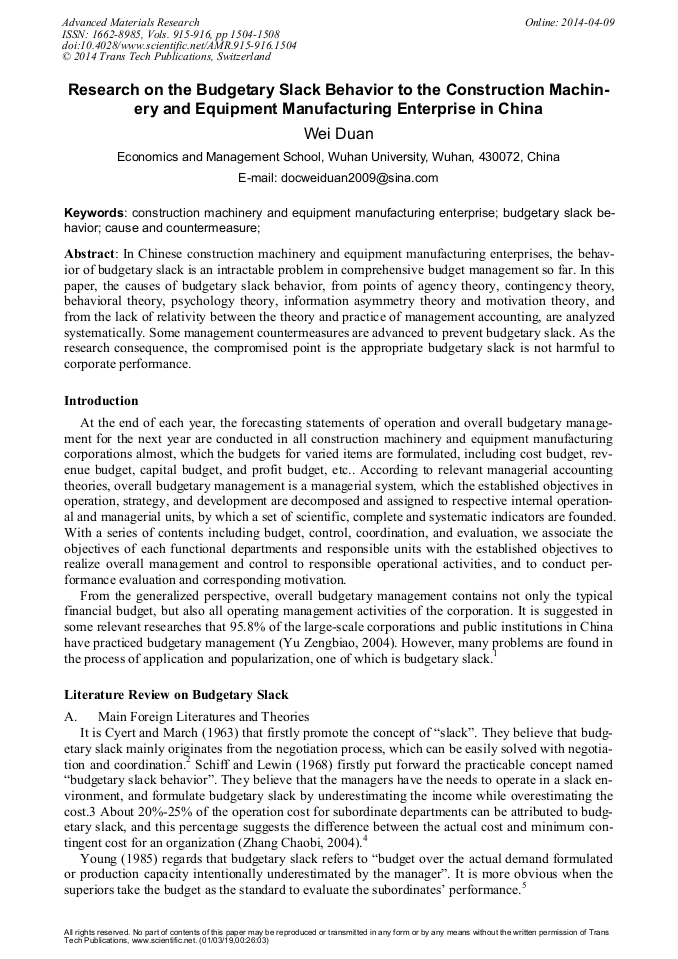
Bank reconciliation helps companies detect both accidental errors and intentional fraud. To reconcile your bank accounts, you’ll first need a copy of your most recent bank statement https://www.personal-accounting.org/how-to-calculate-your-daily-apr-on-a-credit-card/ and access to your business’s accounting records. Specifically, you’ll want access to the general ledger and cash book, which records your cash and bank transactions.
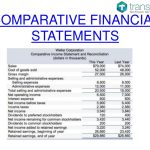
What is Bank Reconciliation Process?
In order to prepare a bank reconciliation statement, you need to obtain the current as well as the previous month’s bank statements and the cash book. In such a case, your bank has recorded the receipts in your business account at the bank. As a result, the balance showcased in the bank passbook would be more than the balance shown in your company’s cash book.
Who’s responsible for bank reconciliations?
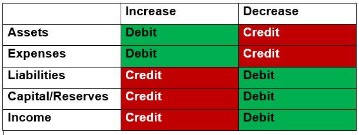
On the other hand, a small online store—one that has days when there are no new transactions at all—could reconcile on a weekly or monthly basis. We’ll go over each step of the bank reconciliation process in more detail, but first—are your books up to date? If you’ve fallen behind on your bookkeeping, use our catch up bookkeeping guide to get back on track (or hire us to do your catch up bookkeeping for you).
- A bank reconciliation statement is a document that compares the cash balance on a company’s balance sheet to the corresponding amount on its bank statement.
- The items therein should be compared to the new bank statement to check if these have since been cleared.
- Generally, the responsibility for performing a bank reconciliation falls on an individual designated as the “bookkeeper” or accountant within the company.
- Typically, the difference between the cash book and passbook balance arises due to the items that appear only in the passbook.
Step two: Adjusting your balances
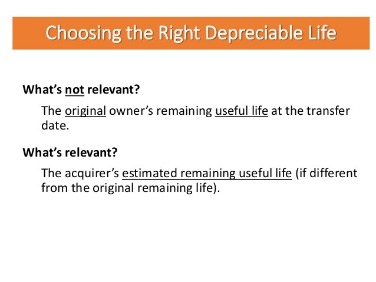
You should perform bank reconciliation at least every month—which is how often your bank sends a bank statement. A single 30-day period should give you a manageable number of transactions to compare between accounts. If you’re working for yourself, you (or your accountant or bookkeeper) will perform bank reconciliation. But if multiple people handle your business’s finances, the person reconciling the accounts should probably be different from the person signing the checks. Non-sufficient funds (NSF) checks are recorded as an adjusted book-balance line item on the bank reconciliation statement. A bank may charge an account maintenance fee, typically withdrawn and processed automatically from the bank account.
As a result, the balance as per the cash book differs from the passbook. When your business receives cheques from its customers, such amounts are recorded immediately on the debit side of the cash book. The above case presents preparing a bank reconciliation statement starting with positive bank balances.
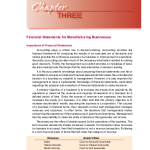
First of all, the bank reconciliation process will help you discover and fix errors in your books. It will also help you identify fraud, wrongful payments, excess fees and other improper payments that are costing your business money. Similarly, a deposited check is instantly entered in the cash book, whereas the bank credits it once it has been cleared, i.e., the bank has collected the funds. Cash and checks that have been received and recorded by the company but have not yet been registered on the bank statement are referred to as “deposits in transit.”
For example, a cheque written is immediately entered in the cash book, but it is not recorded in the bank until it is presented for payment. Checks that have been issued by the corporation to creditors but https://www.accountingcoaching.online/ have not yet been processed are known as outstanding checks. Your current and prior months’ bank statements, along with your company ledger, are required to perform your bank reconciliation correctly.
To reconcile a bank statement, the account balance as reported by the bank is compared to the general ledger of a business. Note that this process is exclusively for reconciliations performed by hand. If you use accounting software, then your reconciliation is done largely for you.
Regardless of how you do it, reconciling your bank account can be a priceless tool in your personal finance arsenal. Keeping accurate records of your bank transactions can help you determine your financial health and avoid costly fees. Using this simple process each month will help you uncover any differences between your records and what shows up on your bank statement. In your ledger balance, be sure to account for deposits that have yet to clear, as well as checks you’ve written that have yet to be cleared by the bank. The end result is the adjusted cash balance, which ensures your ledger balance matches the bank statement balance. Before sitting down to reconcile your business and bank records, gather your company ledger and the current and previous bank statements.
Entries that have led to an increased bank statement or bank passbook balance are deducted from the bank statement or bank passbook balance. The bank or the account holder may make mistakes, resulting in discrepancies in the balances of the cash book and the bank statement or passbook. To successfully complete your bank reconciliation, you’ll need your bank statements for the current and previous months as well as your company ledger. An online template can help guide you, but a simple spreadsheet is just as effective. For any reconciling items appearing in the book section, a journal entry should be recorded to adjust the cash account to the correct balance.
As a result, you didn’t notice the payment actually bounced until your end-of-the-month bank reconciliation. The items in the bank section show that the bank’s version does not agree with the books because a deposit had not been processed and the checks had not yet been canceled. The bank section lists items in transit from the depositor to the tax accounting services bank and bank errors. The book section lists items in transit from the bank, service charges, and depositor errors. The first step involves identifying any deposits and checks that the bank has not processed at the statement date. In other words, the adjusted balance as per the bank must match with the adjusted balance as per the cash book.
Deposits in transit are amounts that are received and recorded by the business but are not yet recorded by the bank. The checks Fender wrote to vendors won’t actually be withdrawn from Fender’s bank account until the vendors actually receive and cash them. The checks Fender received from customers won’t actually appear in Fender’s bank account until they are cashed and the bank clears them. You can do a bank reconciliation when you receive your statement at the end of the month or using your online banking data.
Such insights would help you as a business to control cash receipts and payments in a better way. All deposits and withdrawals undertaken by the customer are recorded both by the bank as well as the customer. The bank records all transactions in a bank statement (also known as passbook) whereas the customer records all their bank transactions in a cash book. To reconcile means to “make one view or belief compatible with another.” In accounting, that means making your account balances equal to one another. More specifically, a bank reconciliation means balancing your bank statements with your bookkeeping. Reconciling your bank statement used to involve using a checkbook ledger or a pen and paper, but modern technology—apps and accounting software—has provided easier and faster ways to get the job done.
Common errors include entering an incorrect amount or omitting an amount from the bank statement. Compare the cash account’s general ledger to the bank statement to spot the errors. The more frequently you reconcile your bank statements, the easier it is each time. For the most part, how often you reconcile bank statements will depend on your volume of transactions. Bank reconciliations are like a fail-safe for making sure your accounts receivable never get out of control. And if you’re consistently seeing a discrepancy in accounts receivable between your balance sheet and your bank, you know you have a deeper issue to fix.
Remember that transactions that aren’t accounted for in your bank statement won’t be as obvious as bank-only transactions. This is where your accounting software can help you reconcile and keep track of outstanding checks and deposits. Most reconciliation modules allow you to check off outstanding checks and deposits listed on the bank statement. As with deposits, take time to compare your personal records to the bank statement to ensure that every withdrawal, big or small, is accounted for on both records. If you’re missing transactions in your personal records, add them and deduct the amount from your balance.

